
The annual Carnival in Brazil is the most well-known pre-Lent celebration, but the Carnival tradition is celebrated around the world. Carnival in Nice, France, is a weeks-long celebration of food and revelry. By the Middle Ages, the people of Nice, before fasting forty days according to the Catholic tradition of Lent, enjoyed feasts of rich, plentiful cuisine. To better celebrate this time of merriment, all excesses were authorized and revelers mocked everything and everybody, protected by masks and disguises. The earliest mention of Carnival merrymaking in Nice goes back to 1294, when the Count of Provence Charles d‘Anjou spent the "the joyous days of Carnival" in Nice. The tradition continues presently with a large festival held over three weeks on the streets of Nice.
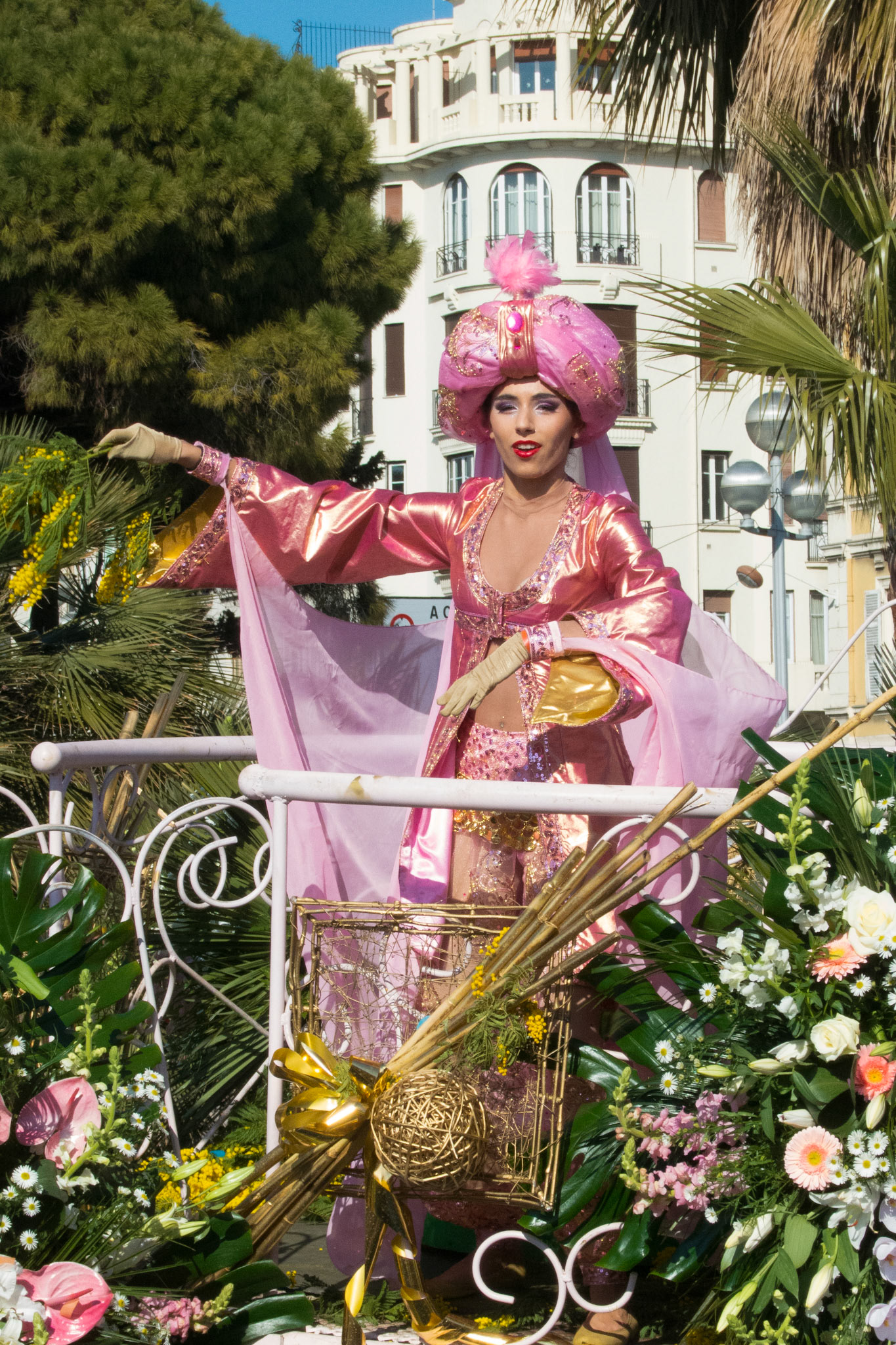

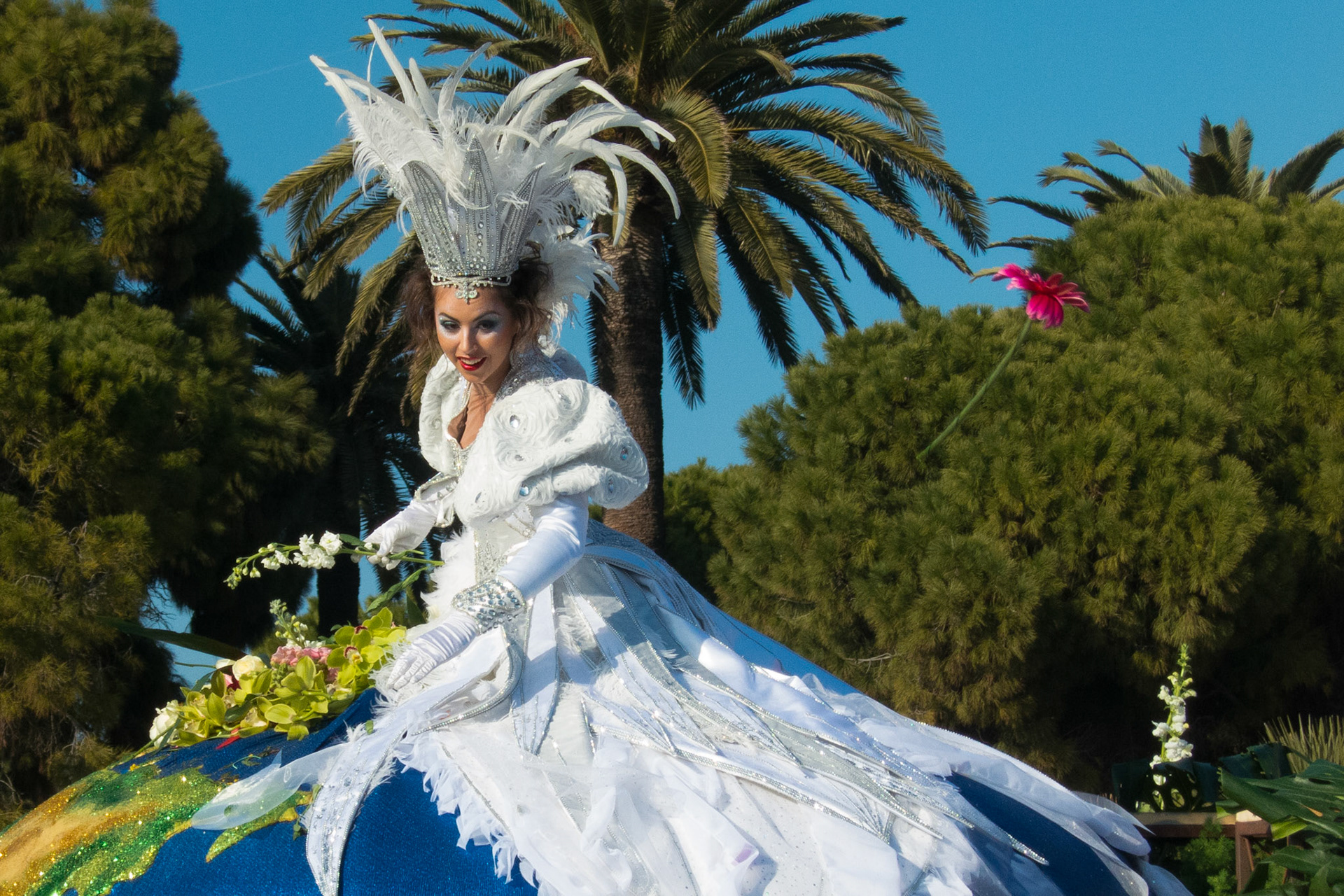


A highlight of Carnival in Nice is the Battle of the Flowers, "La Bataille des Fleurs" in French. The tradition started in 1876 when rich visitors would pass flowers from their carriages on the street. Today, 20 floats covered with locally-grown flowers follow a parade route along the seaside in front of thousands of visitors. The attendants on the floats throw up to 100,000 flowers from each float to the visitors lined along the route. By the end of the parade some of the floats are mere skeletons with no flowers left to throw.
The Carnival and Battle of the Flowers parades attract up to a million visitors a year to the the French Riviera, marking the Carnival of Nice as one of the largest in the world.




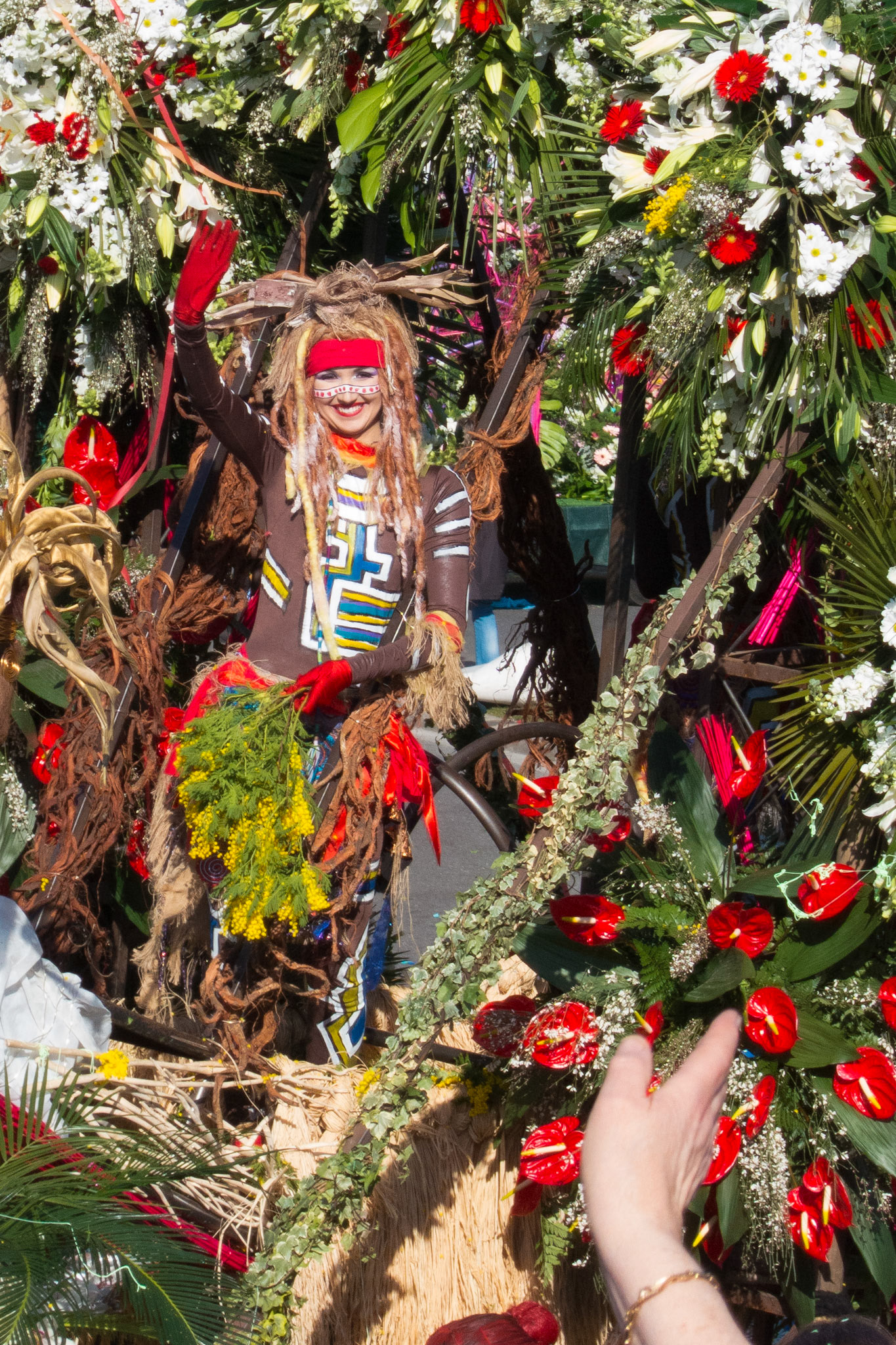
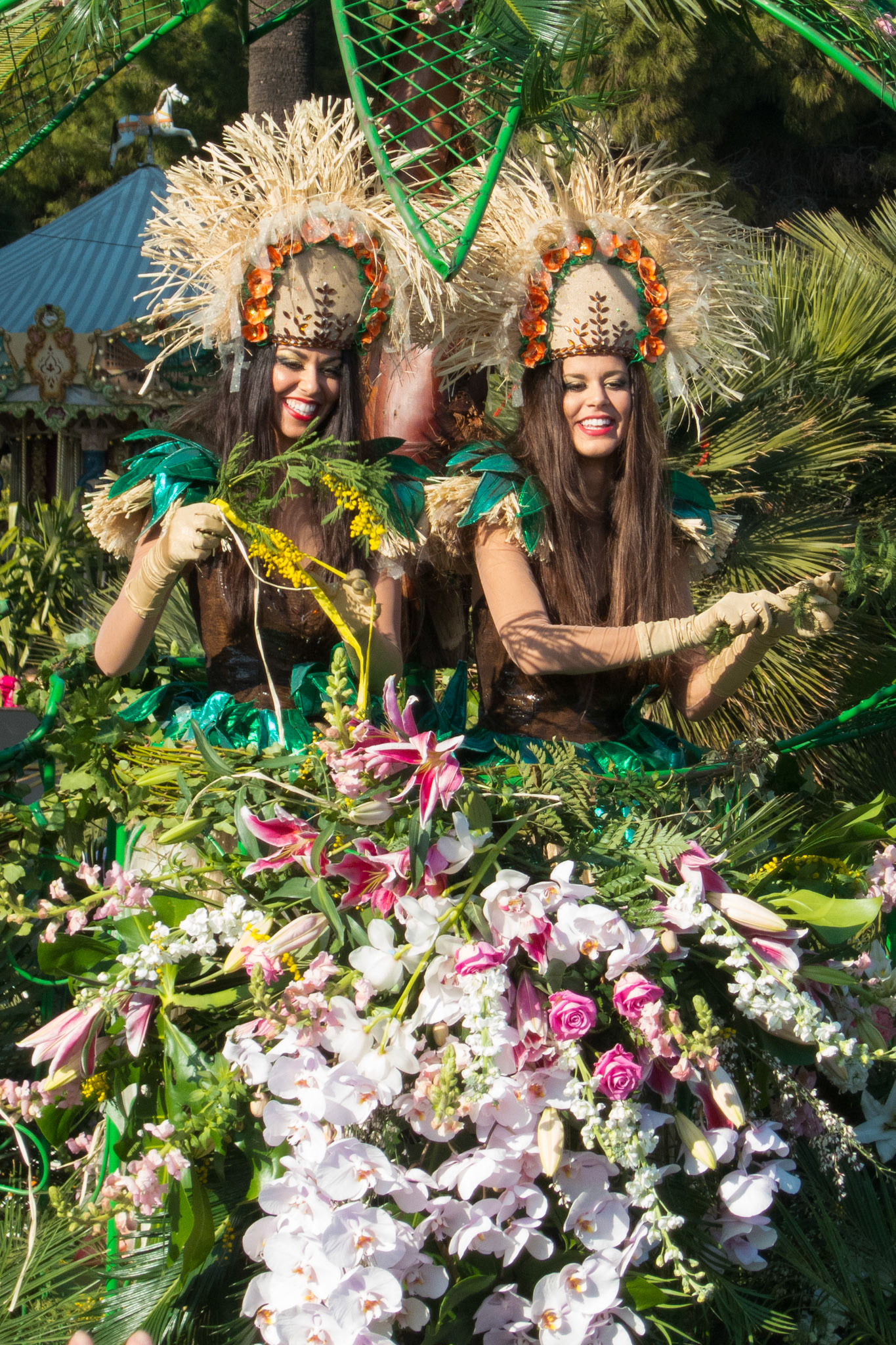
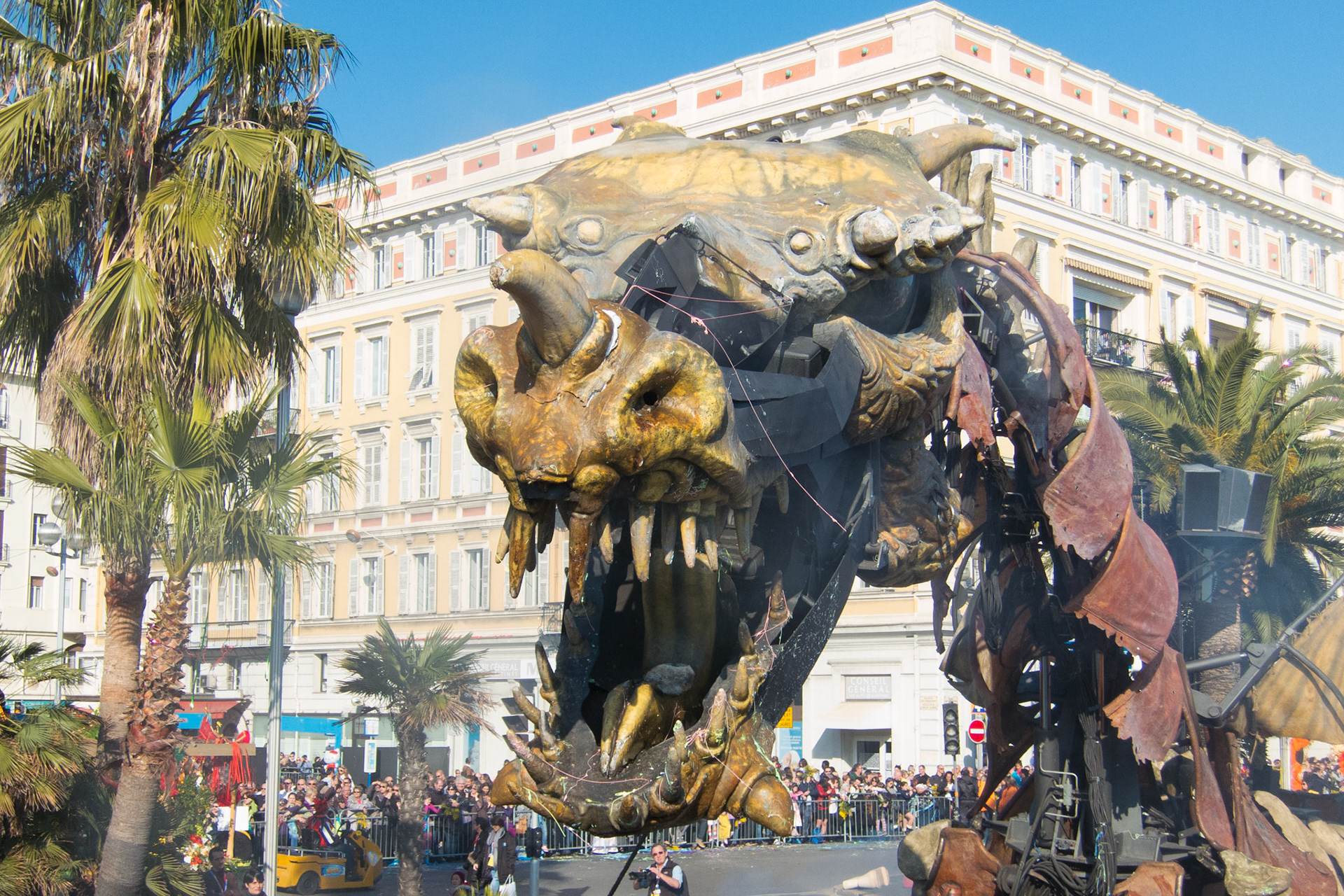


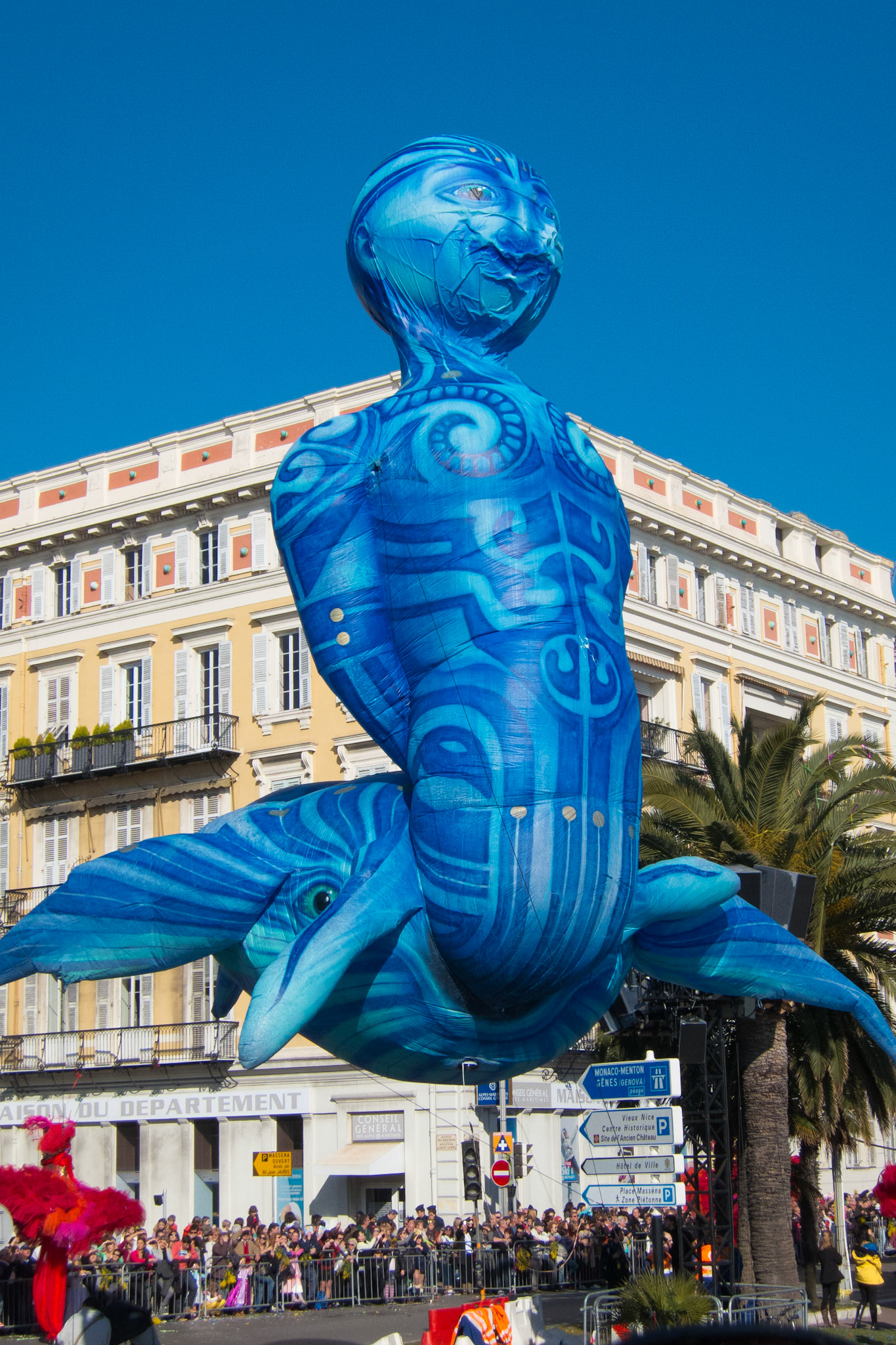


The parade includes more than attendants showing flowers. There are mechanical beasts, wandering acrobats, and huge balloons floating over the parade route.
You can learn more about the Carnival and the Battle of the Flowers at The Official Carnival of Nice web site or at the French Moments web site.